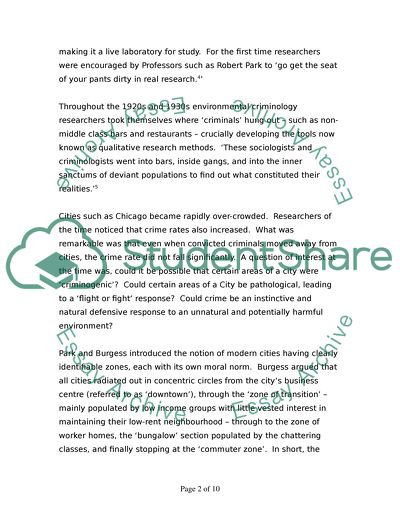Cite this document
(“To what extent is criminal behaviour influenced by environmental Essay”, n.d.)
To what extent is criminal behaviour influenced by environmental Essay. Retrieved from https://studentshare.org/sociology/1499963-to-what-extent-is-criminal-behaviour-influenced-by-environmental-factors
To what extent is criminal behaviour influenced by environmental Essay. Retrieved from https://studentshare.org/sociology/1499963-to-what-extent-is-criminal-behaviour-influenced-by-environmental-factors
(To What Extent Is Criminal Behaviour Influenced by Environmental Essay)
To What Extent Is Criminal Behaviour Influenced by Environmental Essay. https://studentshare.org/sociology/1499963-to-what-extent-is-criminal-behaviour-influenced-by-environmental-factors.
To What Extent Is Criminal Behaviour Influenced by Environmental Essay. https://studentshare.org/sociology/1499963-to-what-extent-is-criminal-behaviour-influenced-by-environmental-factors.
“To What Extent Is Criminal Behaviour Influenced by Environmental Essay”, n.d. https://studentshare.org/sociology/1499963-to-what-extent-is-criminal-behaviour-influenced-by-environmental-factors.


